Health Inequalities in Global Context
- PMID: 29104292
- PMCID: PMC5667916
- DOI: 10.1177/0002764213487343
Health Inequalities in Global Context
Abstract
The existence of social inequalities in health is well established. One strand of research focuses on inequalities in health within a single country. A separate and newer strand of research focuses on the relationship between inequality and average population health across countries. Despite the theorization of (presumably variable) social conditions as "fundamental causes" of disease and health, the cross-national literature has focused on average, aggregate population health as the central outcome. Controversies currently surround macro-structural determinants of overall population health such as income inequality. We advance and redirect these debates by conceptualizing inequalities in health as cross-national variables that are sensitive to social conditions. Using data from 48 World Values Survey countries, representing 74% of the world's population, we examine cross-national variation in inequalities in health. The results reveal substantial variation in health inequalities according to income, education, sex, and migrant status. While higher socioeconomic position is associated with better self-rated health around the globe, the size of the association varies across institutional context, and across dimensions of stratification. There is some evidence that education and income are more strongly associated with self-rated health than sex or migrant status.
Figures
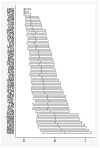
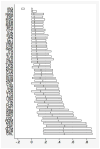
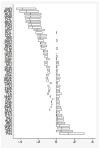
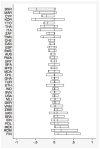

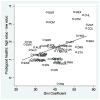
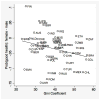
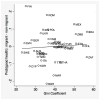
References
-
- Adler Nancy E, Boyce Thomas, Chesney Margaret A, Cohen Sheldon, Folkman Susan, Kahn Robert L, Leonard Syme S. Socioeconomic Status and Health: The Challenge of the Gradient. American Psychologist. 1994;49:15–24. - PubMed
-
- Alderson Arthur S, Nielsen Francois. Globalization and the Great U-Turn: Income Inequality Trends in 16 OECD Countries. American Journal of Sociology. 2002;107:1244–99.
-
- Avendano Mauricio, Kunst AE, Van Lenthe F, Bos V, Costa G, Valkonen T, Cardano M, Hardings S, Borgan JK, Glickman M, Reid A, Mackenbach JP. Trends in Socioeconomic Disparities in Stroke Mortality in Six European Countries between 1981–1985 and 1991–1995. American Journal of Epidemiology. 2005;161:52–61. - PubMed
-
- Babones Salvatore. Income Inequality and Population Health: Correlation and Causality. Social Science and Medicine. 2008;66:1614–1626. - PubMed
-
- Beckfield Jason. Does Income Inequality Harm Health? New Cross-National Evidence. Journal of Health and Social Behavior. 2004;45:231–248. - PubMed
Grants and funding
LinkOut - more resources
Full Text Sources
Other Literature Sources
Medical
